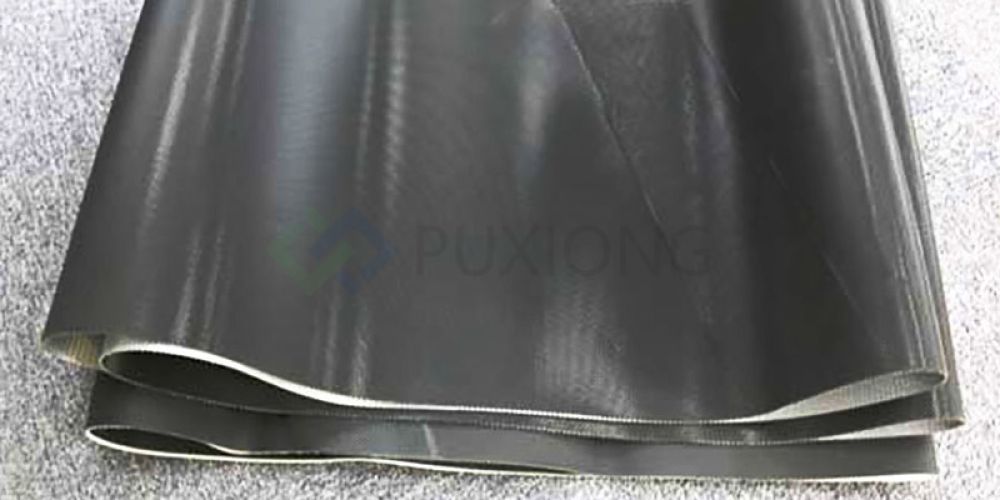
As the core component of transmission and conveying, industrial belts are widely used in equipment in various industries. Their flexibility, wear resistance and efficient transmission characteristics make them an indispensable part of industrial automation. The following describes their typical application scenarios from the two major functional directions of transmission and conveying:
1. Transmission application scenarios
Industrial belts transmit power through friction or tooth meshing, and are suitable for scenarios that require precise speed control.
1. Mechanical manufacturing and automation equipment
Machine tools: drive the spindle and feed system to achieve high-precision cutting.
Packaging machinery: drive sealing, labeling, filling and other modules to ensure synchronous operation.
Textile machinery: drive looms, printing and dyeing equipment to achieve high-speed continuous operation.
2. Agricultural machinery
Harvesters, threshers: transmit power to cutting and threshing components to adapt to complex field environments.
Irrigation equipment: drive water pumps and valves to achieve automatic control.
3. Automobile manufacturing
Production line assembly equipment: drive parts transportation and assembly robots to improve production efficiency.
Engine test bench: transmit power to test components to simulate actual working conditions.
4. Mining and metallurgical equipment
Crushers, ball mills: transmit high torque power to adapt to high loads and harsh environments.
Conveyor drive: drive the transportation of ore and metal raw materials to ensure stable operation.
5. New energy and environmental protection equipment
Wind turbine: drive generator sets to achieve clean energy conversion.
Sewage treatment equipment: drive agitators and pump bodies to treat industrial wastewater.
2. Conveying application scenarios
Industrial belts achieve continuous transportation of materials or personnel through surface friction or special structures (such as baffles and skirts), which are suitable for long-distance and large-load scenarios.
1. Logistics and warehousing
Sorting system: transport packages to different sorting ports to improve logistics efficiency.
Automated warehouse: drive stackers and conveyor lines to achieve rapid storage and retrieval of goods.
2. Food processing and packaging
Production line transportation: transport raw materials and semi-finished products to processing and packaging links to ensure hygiene and efficiency.
Baking equipment: drives baking trays and conveyor belts to achieve continuous production of baked goods such as bread and biscuits.
3. Building materials and chemical industry
Cement production line: transports raw materials to crushing, grinding, and calcining links, adapting to high temperature and high dust environment.
Chemical equipment: transports corrosive, flammable and explosive materials to ensure safe production.
4. Printing and papermaking industry
Printing machine: transports paper to printing, cutting, and binding links to ensure synchronization and accuracy.
Papermaking equipment: drives pulp and paper transportation to achieve efficient production.
5. Electronics and semiconductor manufacturing
SMT production line: transports PCB boards to patch and reflow links to ensure high precision and cleanliness.
Wafer transmission equipment: transports wafers to detection and cutting links to adapt to ultra-clean environment.